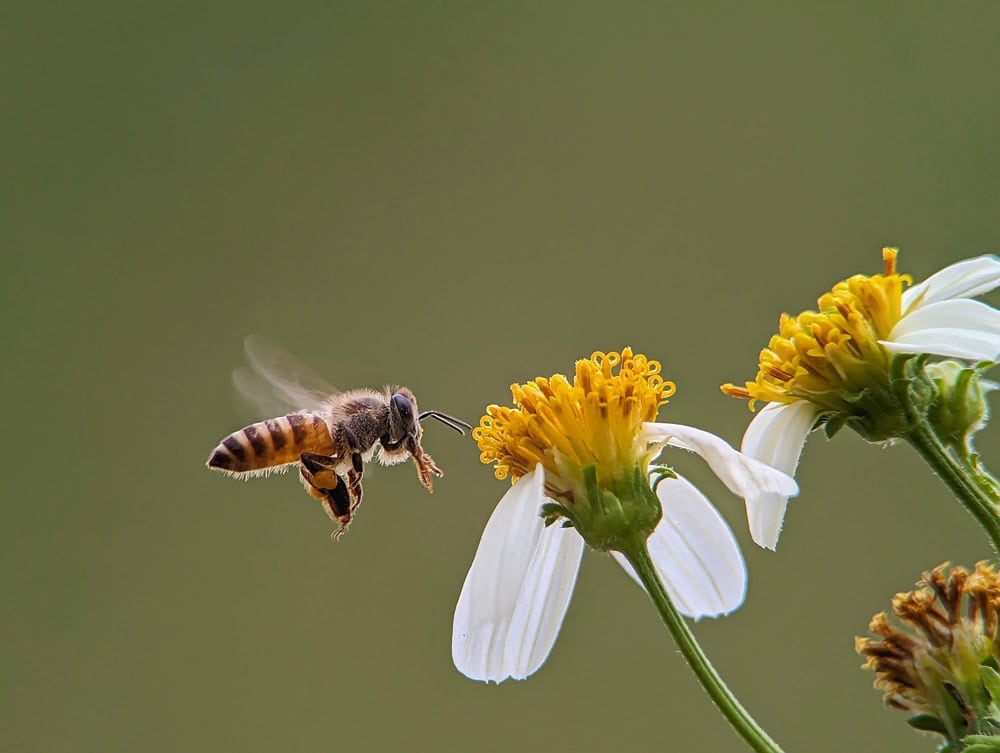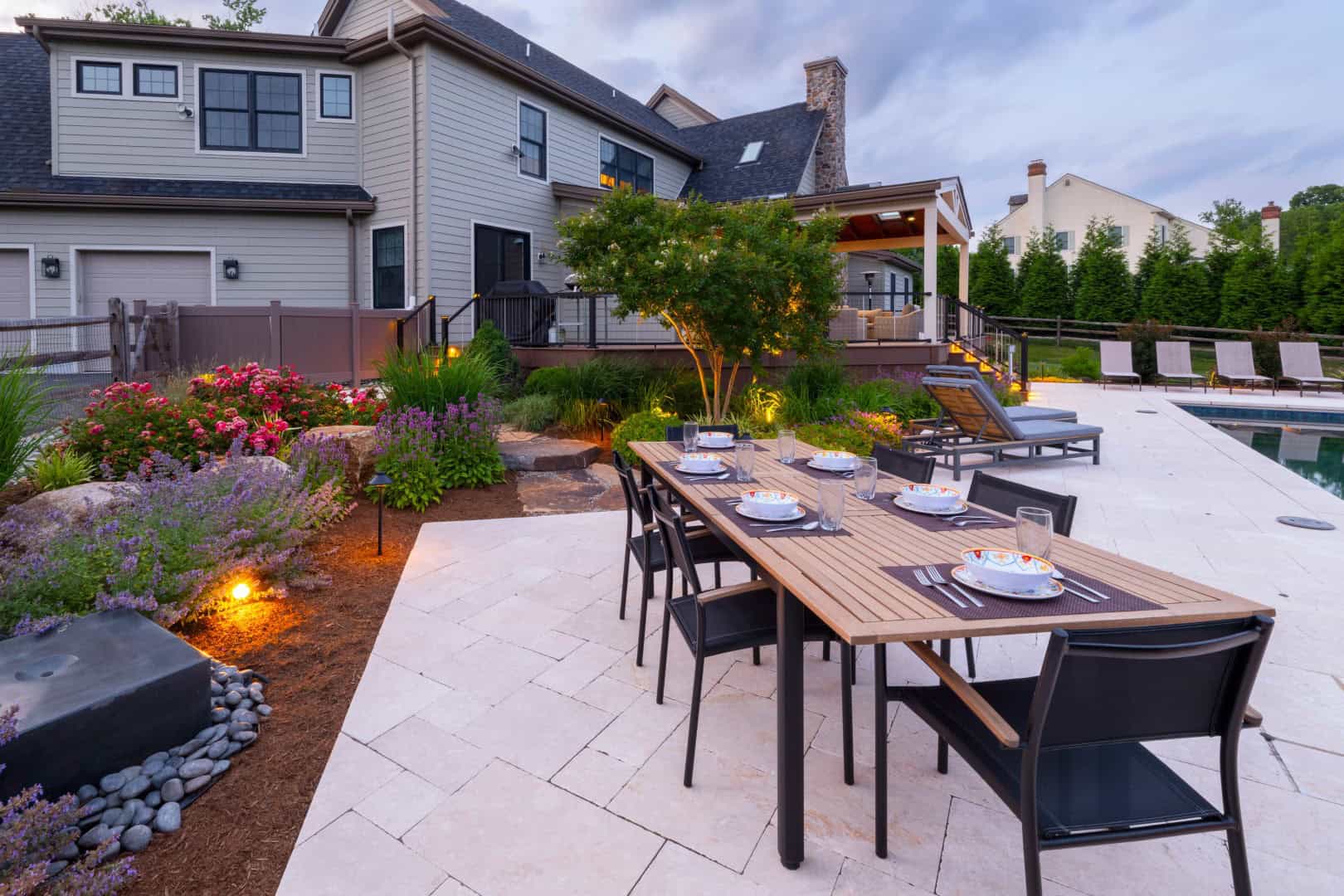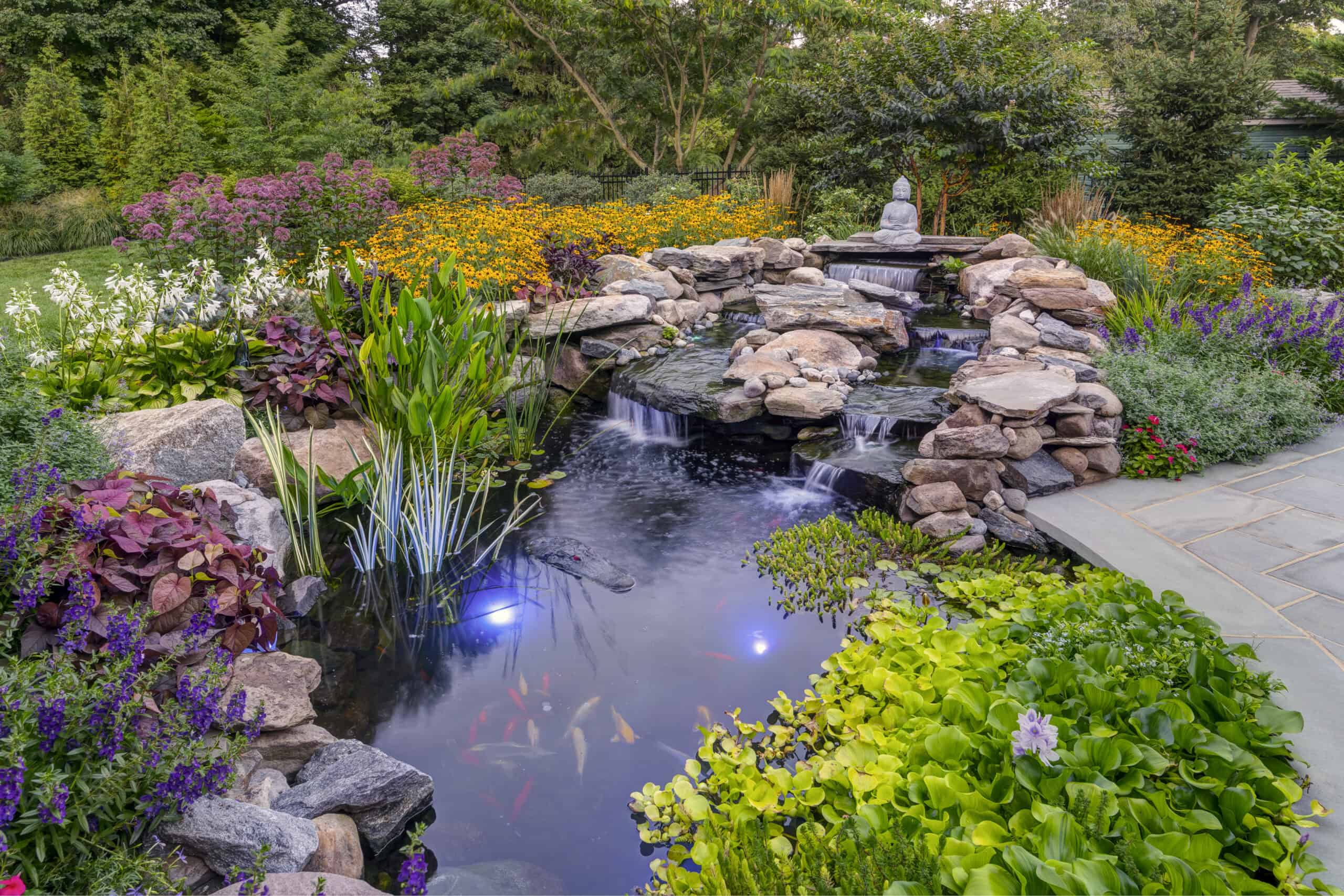How to Plant and Protect Native Plants
Share:

A Guide to Building a Sustainable Garden
Adding native plants to your landscaping is always a good idea. They flourish in their natural environment, invite local pollinators, and help nourish the root system. Because these plants thrive in the climate they are from, they’re also less maintenance than other, non-native species.
If you’re considering adding native flowers and plants, the following tips will help:
Identify Your Zone
Native gardens thrive in the specific zone they are assigned to. The USDA Plant Hardiness Zone Map identifies the geographic areas based on annual temperatures and climates. There are 13 separate zones, split into A and B subcategories. Our Brandywine Valley region encompasses Zone 7 in both A and B, which means it has moderate winters and long growing seasons.
Understand Your Property
Do you get a lot of morning light, but tend to have a lot of shade later in the day? Are large trees blocking parts of your yard? Do you tend to get a lot of water runoff? Evaluate your yard for moisture, sun exposure, slope, and other key gardening factors to ensure you plant the best choices for your property. It also helps to look what plants and flowers are blooming in your neighbor’s yards and decide if they would work for yours.
Add Non-Invasive Species
Complementary species help enrich the soil and boost biodiversity. They can also attract pollinators and native birds. Check what kinds of plants and shrubs would complement the main ones you’re using. On the same hand, remove invasive species such as Japanese honeysuckle and Himalayan blueberry, which can take over your plants.
Use a Mix of Trees, Plants, and Shrubs
The strength of your landscaping comes from using a diverse range of plantings. A balanced mix of trees, plants, and flowers adds vertical and horizontal depth and enhances curb appeal. You can add “filler” plants to fill out open areas under trees and tall shrubs. Or add a border of colorful flowers to accentuate a focal point.
These tips should help you create a healthy, thriving native garden.
Remember to plant in the fall or spring, when temperatures are moderate and there hasn’t been a long dry spell. And if you have any further questions, please give us a call.
Article details:
- Published by:
- DiSabatino Landscaping
- Published to:
- Last modified: October 2, 2025
Share:
Continue learning:



